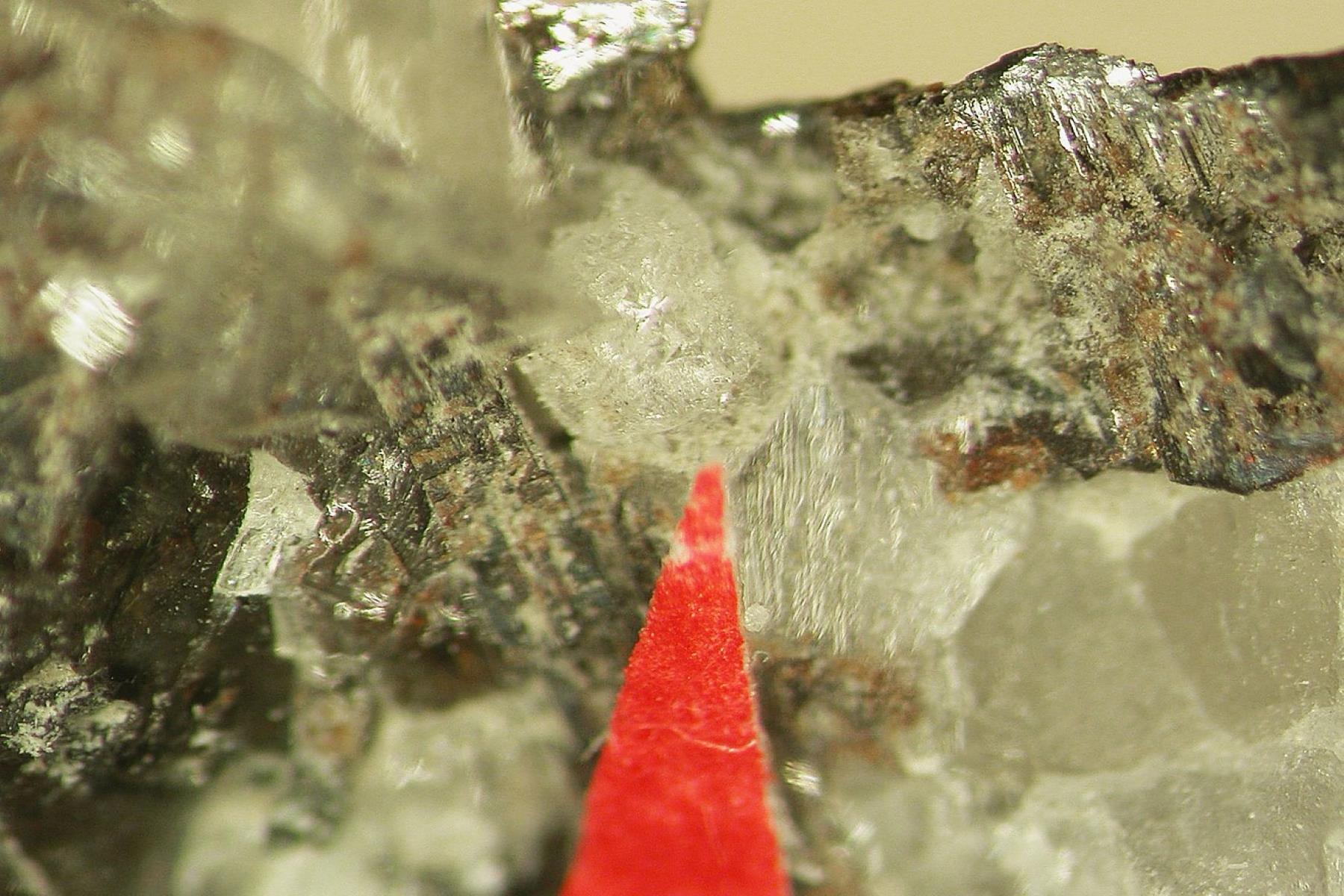
Ecuador and Peru, two captivating South American countries, offer a rich tapestry of culture, history, and natural wonders. While they share some similarities, their unique characteristics make each destination special. Ecuador, smaller in size, boasts the incredible biodiversity of the Galapagos Islands and the lush Amazon rainforest. Peru, much larger, is home to the iconic Machu Picchu and the vast Atacama Desert. Both nations have vibrant indigenous cultures, delicious cuisines, and stunning landscapes. Whether you're drawn to Ecuador's volcanic peaks or Peru's ancient Incan ruins, this comparative guide will help you understand what makes each country a must-visit.
Key Takeaways:
- Ecuador and Peru are both unique South American countries, with Peru being four times larger than Ecuador. They both offer diverse landscapes, rich biodiversity, and fascinating cultural experiences.
- Ecuador uses the US dollar, while Peru uses the Peruvian sol. Both countries have vibrant indigenous cultures, delicious cuisines, and fascinating historical sites.
Size Comparison
Ecuador and Peru are two captivating South American countries, each with its own unique charm. Let's start by looking at their size.
- Ecuador covers approximately 283,560 square kilometers, about the size of Nevada in the United States.
- Peru spans about 1,285 million square kilometers, making it roughly four times larger than Ecuador.
Geographical Diversity
Both countries boast incredible geographical diversity, offering a range of ecosystems and landscapes.
- Ecuador features the Andes, Amazon rainforest, and coastal regions.
- Peru also has the Andes and Amazon rainforest, but its larger size includes coastal deserts like the Atacama Desert, one of the driest places on Earth.
Biodiversity
Ecuador and Peru are rich in biodiversity, making them paradises for nature lovers.
- Ecuador is one of the 17 megadiverse countries, home to 8% of the world's reptile species, 8% of mammals, and 16% of bird species.
- Peru also has a high level of biodiversity, particularly in the Amazon rainforest, which is teeming with unique flora and fauna.
Currency
Traveling to these countries involves different currencies, which can affect your travel plans.
- Ecuador uses the US dollar, adopted in 2000 after severe inflation affected the local currency, the sucre.
- Peru uses the Peruvian sol, so travelers will need to exchange their money.
Population
The population sizes of Ecuador and Peru are quite different.
- Ecuador has around 16 million people.
- Peru has a population of about 32 million.
Indigenous Groups
Both countries have rich indigenous cultures that add to their cultural richness.
- Ecuador has many indigenous groups, including Quichua, Shuar, Huaorani, Siona–Secoya, Cofán, and Achuar.
- Peru is home to Quechua and Aymara populations, who maintain their customs and traditions.
Language
Language plays a crucial role in the cultural identity of both nations.
- Spanish is the primary language in both Ecuador and Peru.
- Indigenous languages like Quichua in Ecuador and Quechua in Peru are also widely spoken.
Historic Centers
The historic centers of these countries reflect their shared history of Spanish colonial rule.
- Ecuador has cities like Quito and Cuenca with winding cobbled roads and grand squares.
- Peru boasts Lima and Cusco, filled with impressive and ornate churches.
Incan Ruins
Both countries have fascinating Incan ruins, but Peru stands out in this regard.
- Ecuador has Incan ruins like Ingapirca.
- Peru is home to the famous Machu Picchu and the Incan capital of Cusco.
Galapagos Islands
Ecuador has a unique claim to fame with the Galapagos Islands.
- Galapagos Islands are a UNESCO World Heritage Site known for their incredible biodiversity, including giant tortoises and marine iguanas.
Beaches
The coastal regions of both countries offer beautiful beaches.
- Ecuador is known for its stunning Pacific coast beaches.
- Peru also has beautiful beaches, though they are less developed compared to Ecuador's.
Volcanoes
Ecuador is particularly notable for its volcanic activity.
- Ecuador has over 70 active and dormant volcanoes, including Tungurahua, one of the world's most active volcanoes.
- Peru has fewer volcanoes but still features significant volcanic landscapes.
Orchids
Ecuador is famous for its incredible variety of orchids.
- Ecuador is known as the Orchid Capital of the World, with over 4,250 species, including 1,301 endemic species.
Banana Exports
Ecuador plays a significant role in the global banana market.
- Ecuador is the world's largest exporter of bananas, accounting for almost 27% of all bananas exported in 2021.
Cuisine
Both countries offer delicious and diverse cuisines.
- Ecuadorian cuisine includes dishes like locro de papas (potato soup) and humitas (steamed corn pudding).
- Peruvian cuisine is renowned for its ceviche, a must-try for any food enthusiast.
Unique Cultural Facts
Ecuador and Peru have some unique cultural and historical facts that set them apart.
- Ecuador experienced a panic in 1949 due to a radio broadcast of H.G. Wells' "War of the Worlds," leading to the burning down of the radio station.
- Peru is known for its rich history and cultural heritage, particularly related to the Incan civilization.
Expatriate Community
Ecuador has become a popular destination for expatriates.
- Ecuador has a thriving expatriate community, with many foreigners drawn to its low cost of living, quality of life, and welcoming culture.
Final Thoughts on Ecuador and Peru
Ecuador and Peru, though neighbors, offer distinct experiences. Ecuador's Galapagos Islands and volcanoes contrast with Peru's Machu Picchu and Incan heritage. Ecuador's use of the US dollar simplifies travel for Americans, while Peru's sol adds a layer of cultural immersion. Both countries boast rich biodiversity and indigenous cultures, yet Ecuador's smaller size makes it easier to explore its diverse landscapes quickly. Peru's vastness, however, provides a broader range of ecosystems. Whether you're drawn to Ecuador's orchids and beaches or Peru's historic centers and cuisine, both countries promise unforgettable adventures. So, pack your bags and get ready to experience the unique charms of Ecuador and Peru.
Frequently Asked Questions
Was this page helpful?
Our commitment to delivering trustworthy and engaging content is at the heart of what we do. Each fact on our site is contributed by real users like you, bringing a wealth of diverse insights and information. To ensure the highest standards of accuracy and reliability, our dedicated editors meticulously review each submission. This process guarantees that the facts we share are not only fascinating but also credible. Trust in our commitment to quality and authenticity as you explore and learn with us.


